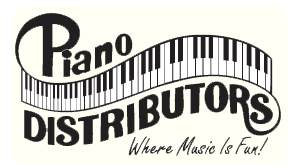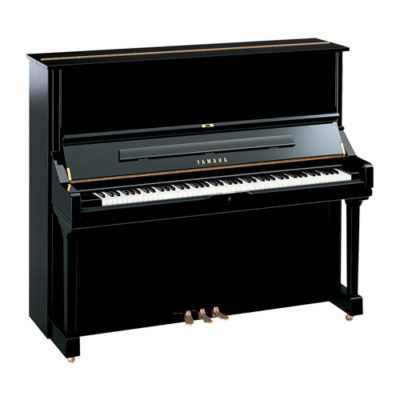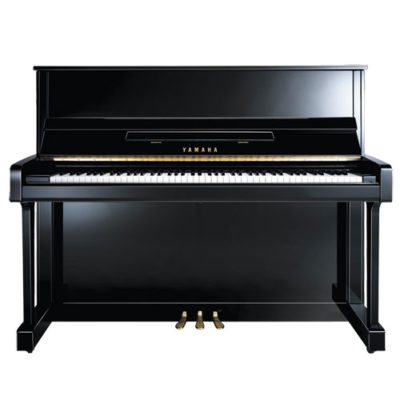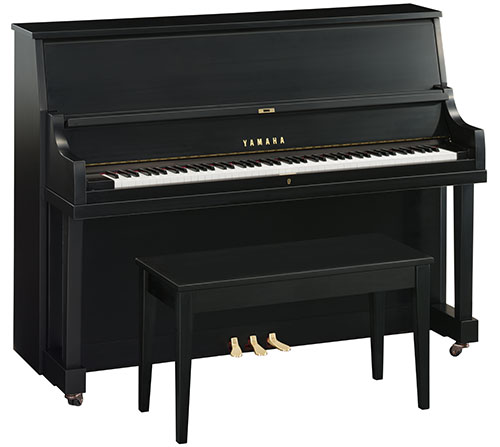Blog
Selecting a Piano Teacher
Posted onSelecting a Piano Teacher
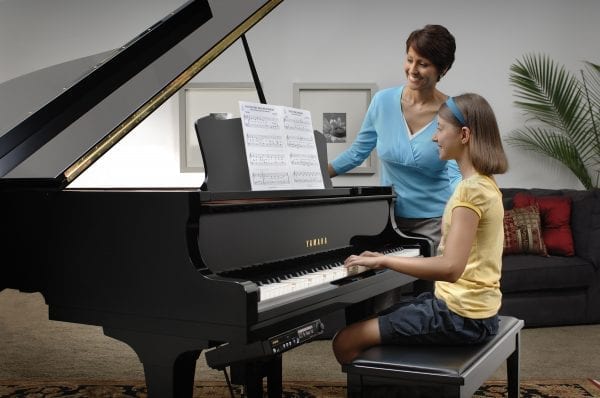
The piano is a complicated instrument with many aspects to think about from the beginning. A good teacher can help guide the student during these formative years, but unfortunately many parents don’t often take the time to select the right piano teacher; many seem to sign up for lessons with the first person they find. This doesn’t always make for success.
Many basic technical aspects of piano playing are the same for all students during the first few lessons; these include basic posture at the piano, hand and finger positions, and general movement around the keyboard. If these aspects are not addressed from the outset then piano playing can eventually become uncomfortable and difficult.
Basic rhythem needs to be understood from the beginning. A student can be guided to count while learning to keep time or even better, use a metronome (or both!), this is fundamental to good playing and is much easier when taught from the beginning.
Note reading needs to be guided correctly from the beginning too, especially with regard to the left hand. Many students aren’t taught to read the Bass and Treble Clefs (left and right hand lines of music) at the same time. If both lines of music are not taught from the beginning many never learn to read the left hand/bass clef correctly.
The quicker a pupil learns how to play both hands at the same time the better. It needs to be done carefully and slowly from the beginning.
Good Teachers will encourage correct hand movements and proper use of the arm to enable excellent tone production and finger movement. If this element isn’t addressed the pupil could potentially experience pain or repetitive strain injury too.
Most importantly, a good teacher will not only spark a real interest and love of music, but they will also be able to show how to interpretate a piece of music (the way a work is played.) This is a vital aspect of piano playing and all pupils need to master how to play musically or expressively.
The above are reasons why you need a good piano teacher. Patience and kindness are not enough (although they are important too!). Your teacher needs to know how to get you or your child to make good progress. Take time and select a well qualified, experienced piano teacher. Some of the best teachers can be found by word of mouth, or call the closest Piano Distributors for a list of local teachers known to have a record of success with students.
Old vs New U1 and U3
Posted onOld vs New U1 and U3
